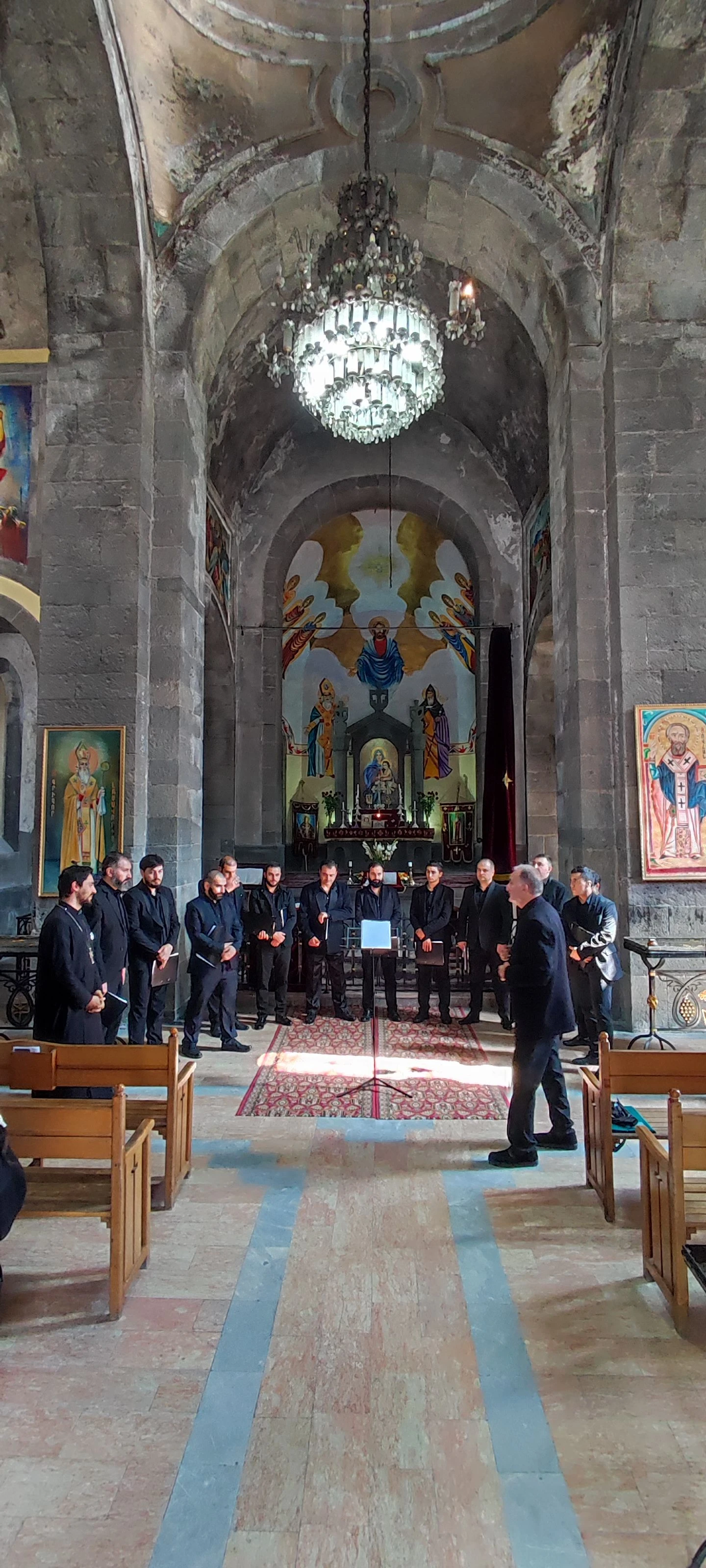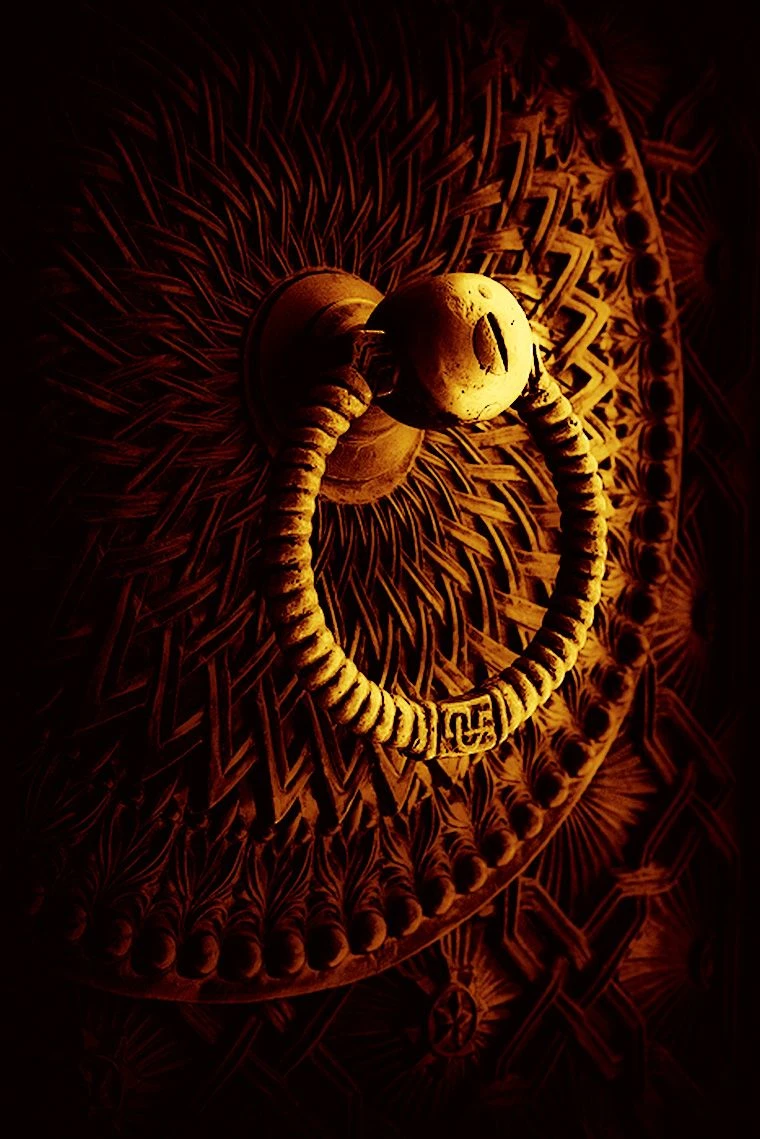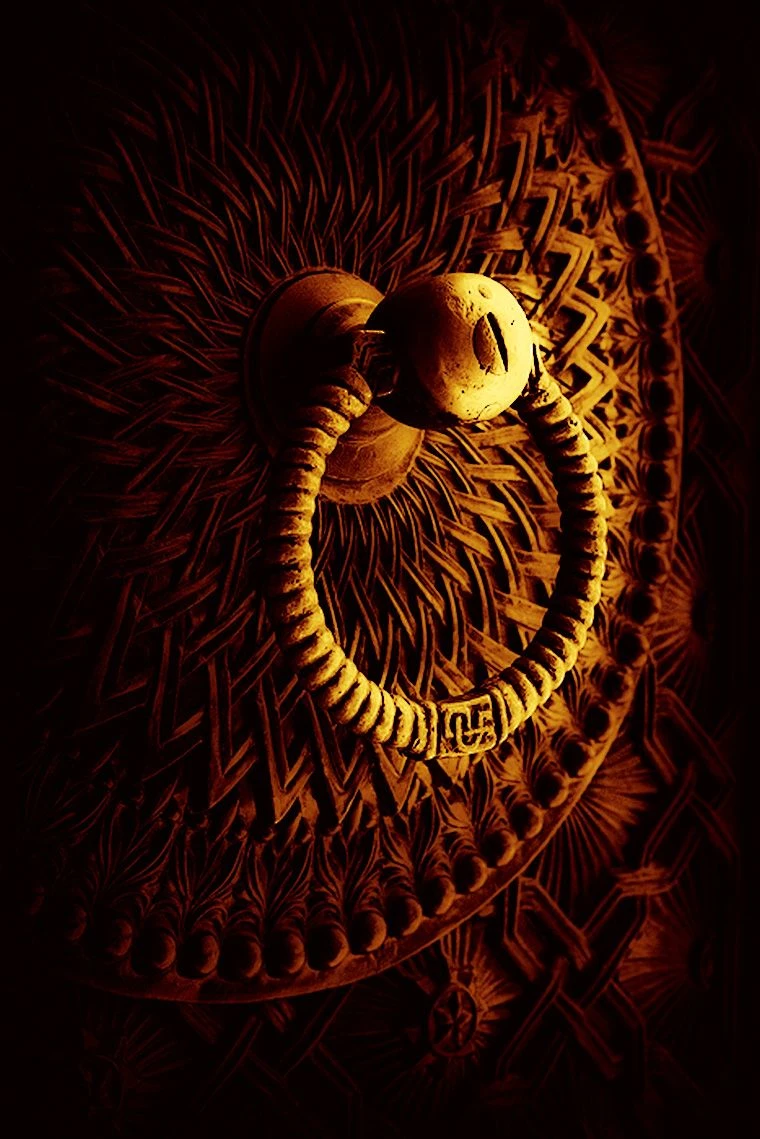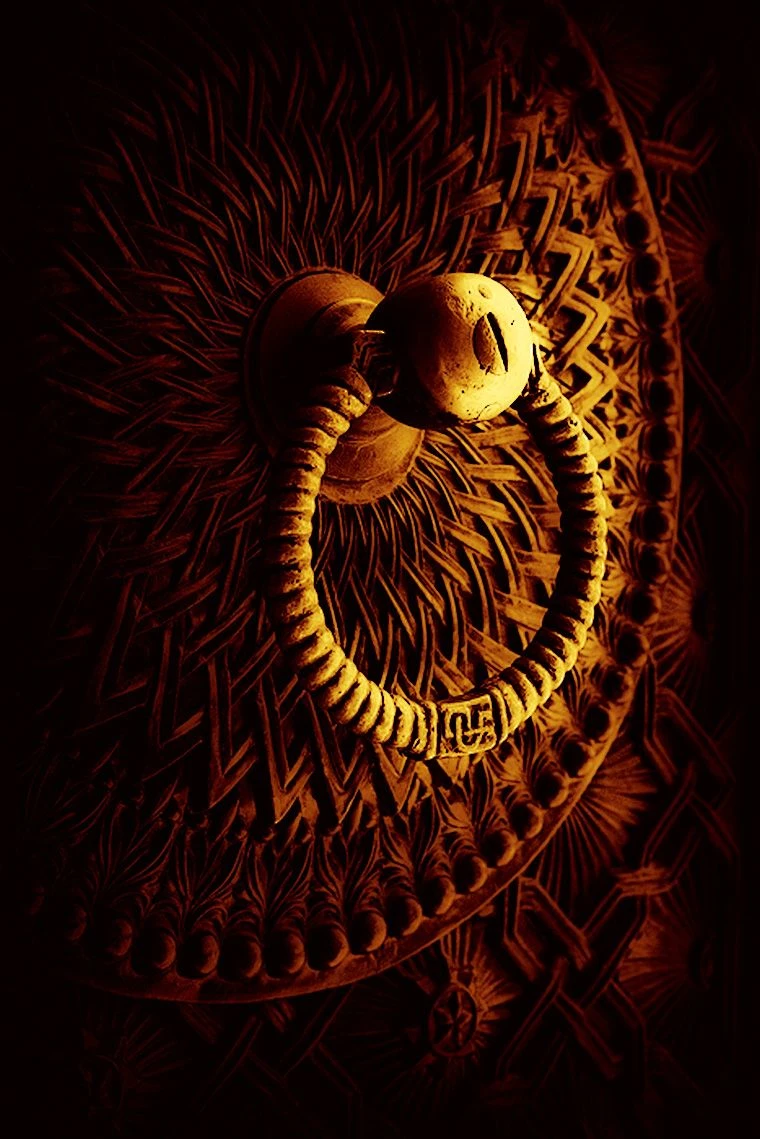Ritual magazines, authors of the collection
The main ritual books of Armenian church music are the liturgical collection, prayer book, Chronicle. Later, more complex and ornate, luxurious melodies appeared, from which separate collections were compiled with the names "Tagaran", "treasury", "songbook". The most practical and extensive selection is the series. The series is divided according to holidays, rituals, and rules. The book lists the names of the authors of the hymns. The list of which hymns belong to which author is given. The authors of sharaknots: Sahak Partev-5th century, Mesrop Mashtots-5th century, Movses Khorenatsi-5th century, Stepanos Syunetsi-the first – 5th century, Ovan Mandakuni – 5th century, Komitas Agetsi - 7th century, Sahak Dzoraporetsi – 7th century, Ovan Odnetsi – 8th century, Stepanos Syunetsi II – 8th century, Petros Getadzor – 11th century, Grigor Magistros – 11th century, Hakob Sanakhnetsi – 11th century, Grigor Tsertendasser – 11th century, Deacon Hovhannes – 12th century, Nerses Shnorali-12th century, Nerses Lambronatsi – 12th century, Grigor Skevratsi-13th century, Vardan the Great – 13th century, Hakob Klaetsi-13th century, Hovhannes Pluz – 13th century, Kirakos Yerznkatsi-14th century.
.webp)




.webp)



.webp)
